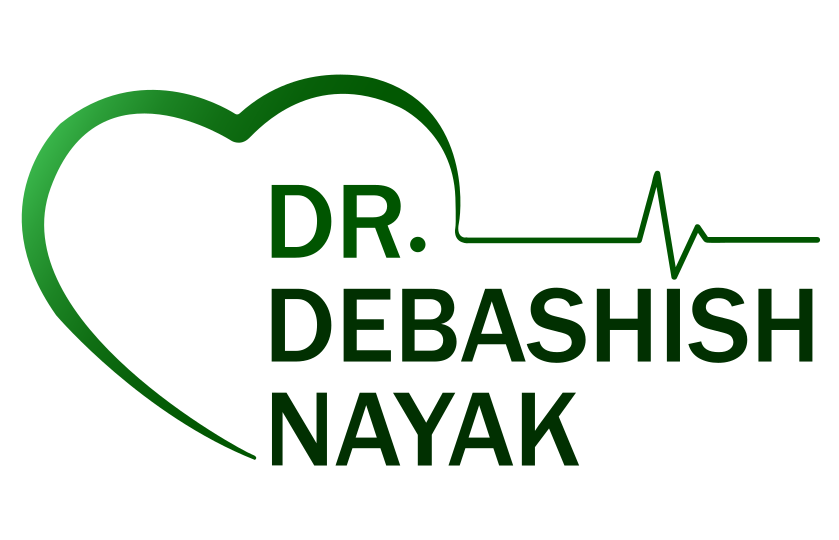
When it comes to cardiac surgeries, the Bentall procedure stands as a remarkable and life-saving solution for patients with aortic root aneurysms. Developed by the renowned cardiac surgeon Dr. Bentall, this surgical technique has revolutionized the treatment of aortic root pathology. In this blog post, we will explore the Bentall procedure in detail, understanding its purpose, procedure, and the impact it has on patients’ lives.
Understanding Aortic Root Aneurysms:
Before delving into the Bentall procedure, let’s comprehend the condition it aims to treat. Aortic root aneurysms involve the abnormal dilation or ballooning of the aorta’s initial segment, which connects to the heart. This condition can weaken the arterial wall and potentially lead to life-threatening complications such as aortic dissection or rupture. Prompt intervention becomes crucial to prevent catastrophic consequences.
The Bentall Procedure: A Comprehensive Solution:
The Bentall procedure is a surgical approach specifically designed to treat aortic root aneurysms. It involves a combination of valve replacement and aortic root reconstruction. The primary goals of the Bentall procedure are to replace the damaged aortic valve and reconstruct the aortic root using a graft. This comprehensive solution addresses both the aneurysmal dilation and valve dysfunction, ensuring optimal cardiac function and long-term durability.
Procedure Breakdown:
The Bentall procedure typically involves the following steps:
Incision and Exposure:
The surgical team creates an incision in the patient’s chest to gain access to the heart and aorta. This is usually done through a median sternotomy, allowing a clear view of the aortic root.
Aortic Valve Removal:
The damaged aortic valve is carefully removed to make way for a prosthetic valve replacement.
Aortic Root Reconstruction:
The aortic root, including the ascending aorta, is reconstructed using a synthetic graft. The graft is meticulously sewn into place, ensuring a secure and leak-free connection.
Valve Replacement:
A prosthetic valve, either mechanical or biological, is implanted into the reconstructed aortic root. The choice of valve depends on several factors, including patient age, lifestyle, and medical history.
Closure and Recovery:
Once the valve replacement and aortic reconstruction are complete, the incision is closed, and the patient is transferred to the recovery unit for monitoring and post-operative care.
Benefits and Considerations:
The Bentall procedure offers several benefits to patients with aortic root aneurysms. It provides a long-term solution, eliminating the risk of aneurysm rupture and restoring proper cardiac function. Additionally, the prosthetic valve replacement ensures efficient blood flow, reducing the strain on the heart. However, it’s important to note that like any surgical procedure, the Bentall procedure carries potential risks and requires careful post-operative monitoring and lifestyle adjustments.
Life After the Bentall Procedure:
Patients who undergo the Bentall procedure can experience a significantly improved quality of life. With proper post-operative care, regular check-ups, and adherence to medication, individuals can lead a healthy and active lifestyle. The procedure has a high success rate, and patients often report improved symptoms, increased energy levels, and a restored sense of well-being.
The Bentall procedure has emerged as a groundbreaking surgical technique, revolutionizing the treatment of aortic root aneurysms. With its comprehensive approach to address both the aneurysm and valve dysfunction, this procedure offers patients a renewed chance at a healthy and fulfilling life. Through the skilled hands of cardiac surgeons and advancements in medical technology, the Bentall procedure continues to save lives and provide hope for those facing aortic root pathology.
Recent Posts
- Raising Awareness: Protecting Our Hearts and Lives from Rheumatic Heart Disease
- Empowering Surgeons: CME and Workshop on Vascular Injury Management
- Know more about rheumatic heart disease
- Mitral Valve Replacement: Restoring Cardiac Harmony and Quality of Life
- Aortic Aneurysm Repair & Dissection: Safeguarding the Lifeline of the Cardiovascular System



